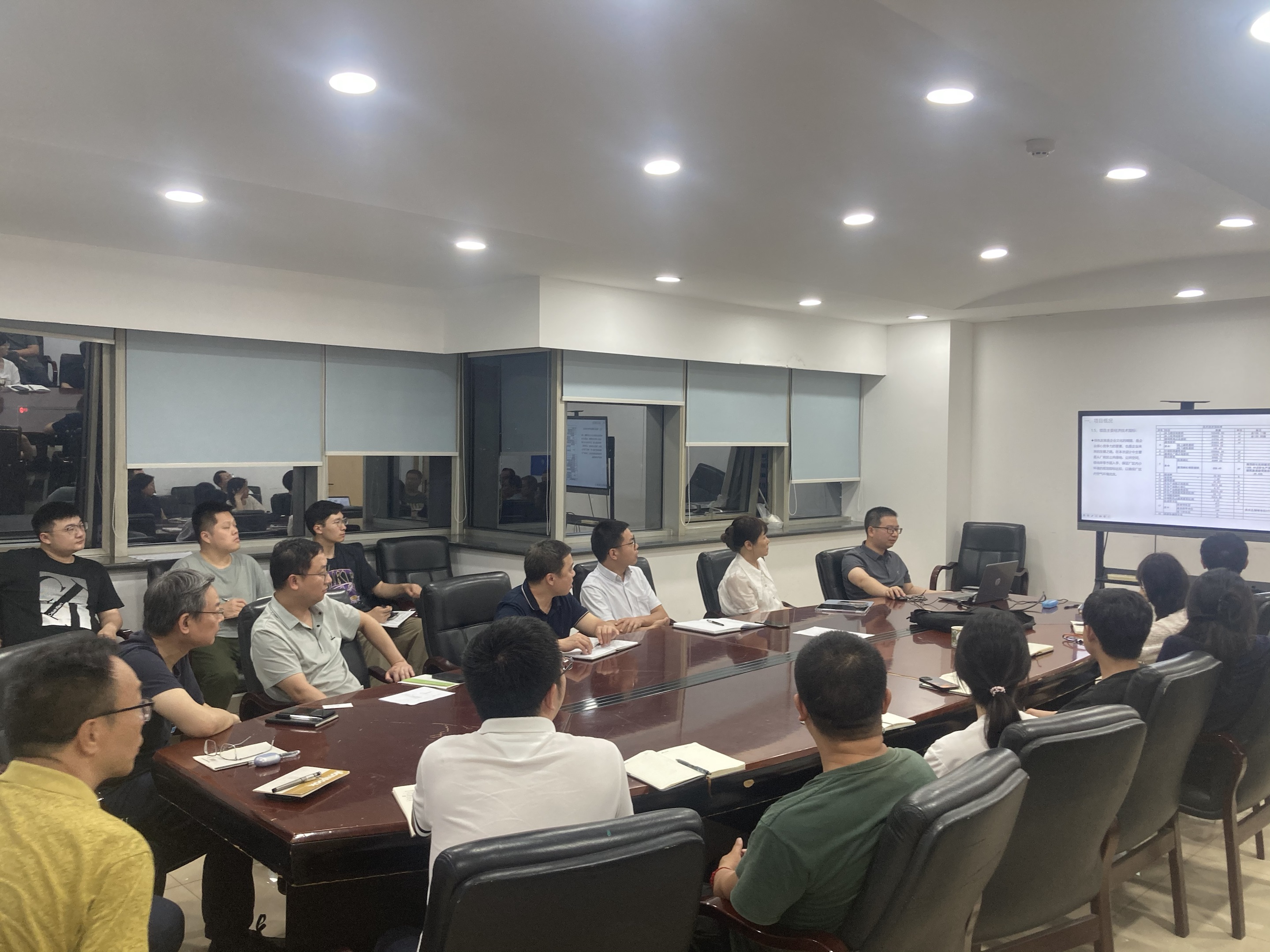
The Architecture Branch (BIM Center) held a training session on the topic of "Exchange of Reports on the Policy and Suitability of Prefabricated Buildings"
To thoroughly implement the national strategic deployment of promoting prefabricated buildings and enhance the professional capabilities and practical level of the Architectural Institute (BIM Center) in the field of prefabricated buildings, on May 19, the Architectural Institute (BIM Center) organized a training session themed "Exchange on Prefabricated Building Policies and Suitability Demonstration Reports." This training focused on in-depth discussions and exchanges on aspects such as the policy orientation of prefabricated buildings, the requirements of Hunan Province's prefabricated building policies, the suitability demonstration of two actual projects, and the implementation methods of prefabricated buildings for chemical projects.
Release time:
2025-05-20 17:35
Source:
Architecture Branch
Responsibility:
Zhao Songlin
To thoroughly implement the national strategic deployment of promoting prefabricated buildings and enhance the professional capabilities and practical level of the Architectural Institute (BIM Center) in the field of prefabricated buildings, on May 19, the Architectural Institute (BIM Center) organized a training session themed "Exchange on Prefabricated Building Policies and Suitability Demonstration Reports." This training focused on in-depth discussions and exchanges on aspects such as the policy orientation of prefabricated buildings, the requirements of Hunan Province's prefabricated building policies, the suitability demonstration of two actual projects, and the implementation methods of prefabricated buildings for chemical projects. 
Policy empowerment, the rise of prefabricated buildings. Compared with traditional construction methods, prefabricated buildings, with their significant advantages of high production efficiency and superior building quality, have experienced rapid industrial development in recent years, riding the policy tailwind of various regions. The innovative concept of "building houses like building with building blocks" is also becoming increasingly popular. To further promote the development of prefabricated buildings, accelerate the transformation and upgrading of the construction industry, and contribute to urban green development, various regions across the country have issued specific guidelines and supporting measures. This exchange meeting detailed the development background of prefabricated buildings and the overall requirements for prefabricated buildings in various regions.
Green prefabrication, Hunan's measures initiate innovation. Hunan Province's Three-Year Action Plan for the Development and Improvement of Prefabricated Buildings clearly establishes and improves eight innovative systems that adapt to the development of prefabricated buildings: policies, management, building materials, equipment, construction, evaluation, talent, and market. Significant improvements have been made in intelligent construction and prefabricated building levels, market acceptance has significantly increased, application scenarios are more extensive, and a "Hunan model" for prefabricated buildings is gradually being formed.
YaDa and SongYuan, case analysis for better understanding. Taking the prefabricated suitability demonstration reports of the YaDa and SongYuan projects as examples, combined with the policy documents of Changsha City, Hunan Province, the entire process and specific content of the prefabricated suitability demonstration were explained. At the same time, through the exchange of difficult points in the demonstration among the on-site participants, everyone better understood the relevant documents on prefabricated suitability demonstration.
Prefabs solutions, assisting chemical projects. Through policy interpretation and actual project reviews, considering the hazardous, confidential, and complex nature of chemical projects, it is proposed that prefabricated suitability demonstration or the adoption of steel structure construction methods be used to meet the prefabricated building requirements in various regions, actively responding to national policy requirements, promoting the better development of prefabricated buildings in the chemical industry, and achieving upgrades in the chemical construction industry.
This themed meeting, through a three-dimensional model of "policy interpretation + analysis of actual project cases + summary analysis and exchange," not only deepened the understanding of prefabricated building policies among architectural and structural design professionals and improved the professional level of suitability demonstration, but also provided new ideas and directions for the integrated application of chemical projects and prefabricated buildings. The Architectural Institute (BIM Center) will take this meeting as an opportunity to actively explore new models and paths for the development of prefabricated buildings, continuously improve its technical strength and service level, and contribute to the company's green and industrial development.
Latest information
 湘公网安备 43011102001763号
湘公网安备 43011102001763号